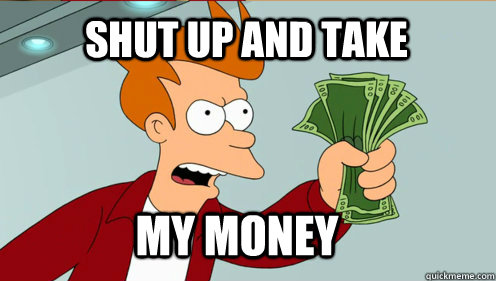So after several months of research and testing I was able to finalize my investment strategy. The strategy is based on independent data points which drive the subsequent investments, so there’s no actual manager decision making involved. As such, backtesting is a relevant process and had we followed this strategy we would have experienced the following returns:
Start date - December 1998, reason being that I used the SPDR ETFs and that was their inception date.
$1M invested into S&P 500 = $2,233,579 today (total return of 123%)
$1M invested into model = $4,172,599 today (total return of 317%)
This time frame consists of 134, 54 periods of rolling returns. The model outperformed in 133 of 134 periods.
Ok, so generally I’m not one to believe that models like this exist or work, and I definitely understand that theres a chance of data mining here. I’m going to attempt to re-run the analysis using a few additional decades of information if possible (does anyone know how to find sector-based returns for a longer period of time?, most ETFs don’t stretch that far back). I have strong reason to believe that the results will prove consistant over a longer time frame as well.
Anyways, assuming I am correct in my theory, what the heck do I do now? I live in a small town in Minnesota so I’m not really familiar with how hedge funds start or how they get financed…I’m sure not telling anyone what I’ve found. Would a typical financier demand to know the theory or all the information behind it? I would never invest in something without knowing the details, but I’m taking these details to my grave. Anyone ever had experience with starting a hedge fund or know any resources in this area?
